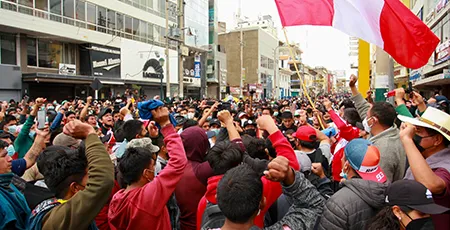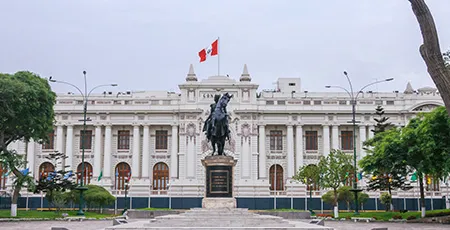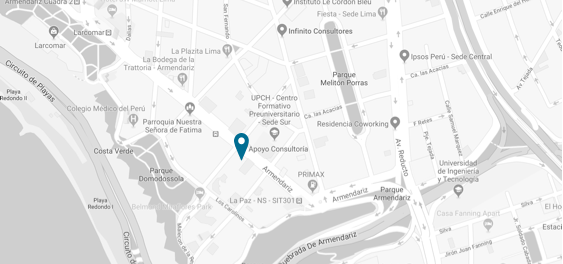Dealing with a K-shaped economic recovery
2021 started with some setbacks. In order to mitigate the impact of the second wave of COVID-19 contagions, over the past few months, the government has implemented more severe and extensive measures, compared with those adopted at the end of the year. As a result, economic dynamics are now similar to those observed in June, when we were going through the second phase of economic reopening. In line with this, in January and February, economic activity has contracted again, after having recovered pre-pandemic levels by the end of 2020.
Today, Peru’s main economic challenge is to avoid a K-shaped recovery. This type of recovery process is worrisome, as it leads to an increase in inequality caused by the fact that some segments of the economy, population, and markets recover while others move backwards.
There are some indications that we are currently witnessing this type of divergence. In fact, we have identified three significant differences in the rates of recovery: (i) differences between economic sectors, (ii) differences between economic activity and the labor market, and (iii) differences between segments of the population and socioeconomic levels. In order to avoid further approaching a K-shaped recovery –which would exacerbate inequalities in the country– the implementation of targeted economic measures is crucial.
In this context, we have made a downward adjustment to our 2021 forecasts. Prior to the implementation of the second lockdown, we expected a 10% rebound in Peruvian GDP this year. Although this scenario already assumed the implementation of some targeted measures, the deterioration of the public health front and the severity of the restrictions have been greater than anticipated. Thus, assuming an extension of the current restrictions of up to six weeks and the implementation of an economic package equivalent to 1% of GDP, economic growth this year would be closer to 9.3%. Although the aggregate impact on economic activity will be limited, the differences between sectors will be significant.
It is noteworthy that the risk of a more severe deterioration in the health situation leading to even more drastic restrictions cannot be ruled out. A scenario with a 3-month nationwide lockdown and a full closure of borders could lead to a growth rate closer to 8%.
To access the complete report contact us at contactaSAE@apoyoconsultoria.com






